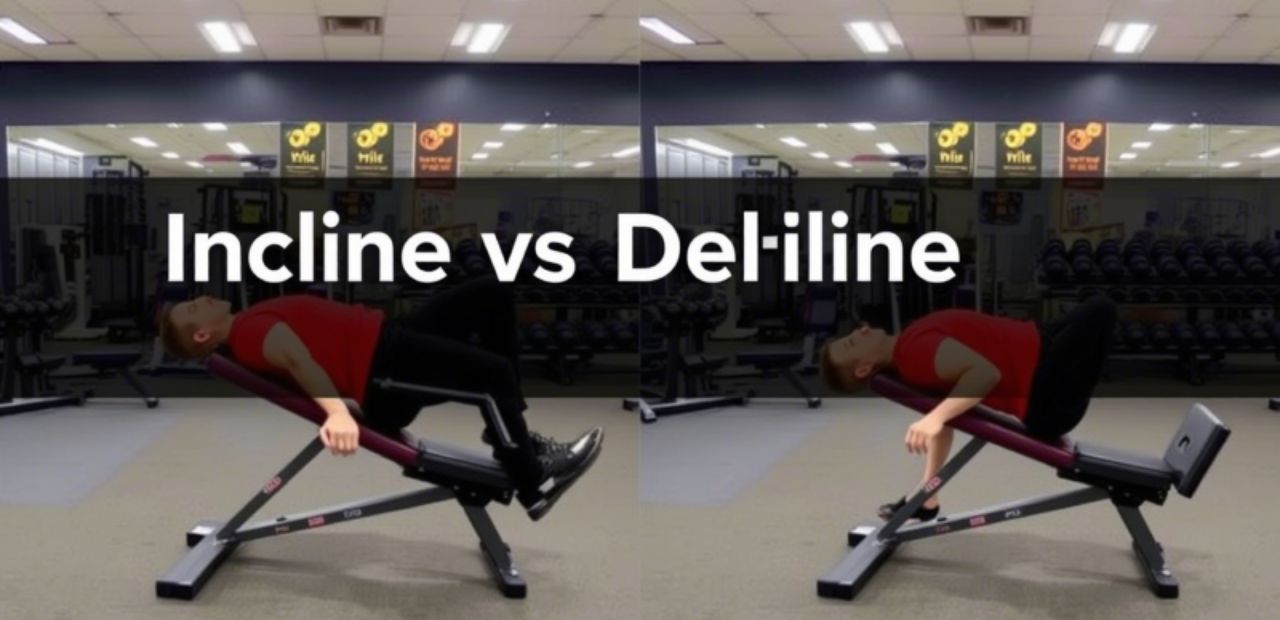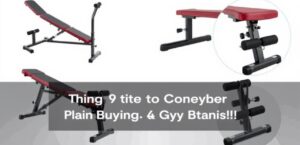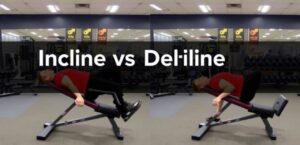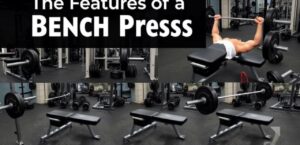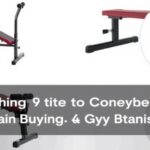When it comes to building a strong, well-defined upper body, few exercises are as effective as the bench press. But with so many variations—particularly the incline bench and decline bench—you might be wondering: which one should I choose?
In this article, we break down the incline vs decline bench debate to help you make the best decision based on your fitness goals, body type, and workout routine.
What is the Incline Bench Press?
The incline bench press involves adjusting the bench to a 30–45 degree angle, which shifts the focus to the upper chest (clavicular head of the pectoralis major) and shoulders.
Key Benefits of Incline Bench:
- Upper chest development
- Improved shoulder activation
- Helps correct muscle imbalances
- Aesthetic upper chest shape
What is the Decline Bench Press?
In the decline bench press, the bench is angled downward (usually 15–30 degrees), emphasizing the lower chest (sternal head of the pectoralis major).
Key Benefits of Decline Bench:
- Targets lower chest more directly
- Reduces shoulder strain
- Often allows heavier lifting
- Great for adding depth to chest definition
Incline vs Decline Bench: Muscle Activation Comparison
| Muscle Group | Incline Bench Press | Decline Bench Press |
|---|---|---|
| Upper Chest | ✅ High | ❌ Low |
| Middle Chest | ⚠️ Moderate | ⚠️ Moderate |
| Lower Chest | ❌ Low | ✅ High |
| Front Shoulders | ✅ Moderate-High | ⚠️ Low |
| Triceps | ✅ Moderate | ✅ Moderate |
Which Bench Press is Better for Your Goals?
Choose Incline Bench if:
- You want to build a fuller upper chest
- Your shoulders are healthy and strong
- Aesthetic appearance (upper pecs) matters to you
- You’re trying to correct chest muscle imbalances
Choose Decline Bench if:
- You want to target the lower chest
- You have shoulder issues and need a safer variation
- You’re looking to lift heavier with better stability
- Your goal is full chest development with less shoulder stress
Tips to Maximize Bench Press Results
- Combine both incline and decline presses in your routine for full chest development.
- Use progressive overload—gradually increase weight or reps.
- Focus on form over weight to avoid injury and improve muscle activation.
- Add flat bench press and dumbbell variations for balanced growth.
Final Thoughts: Incline vs Decline Bench—Which Should You Choose?
The incline vs decline bench decision depends on your personal goals. For a sculpted upper chest and improved shoulder activation, go with the incline bench. If you’re aiming for strength gains with minimal shoulder strain, the decline bench is your best bet.
Ultimately, a well-rounded chest workout includes both variations, giving you balanced development and helping you maximize your results in the gym.

Emily Rose Johnson is a passionate writer with a knack for crafting engaging content. She specializes in communication strategies, digital marketing, and creative storytelling.
